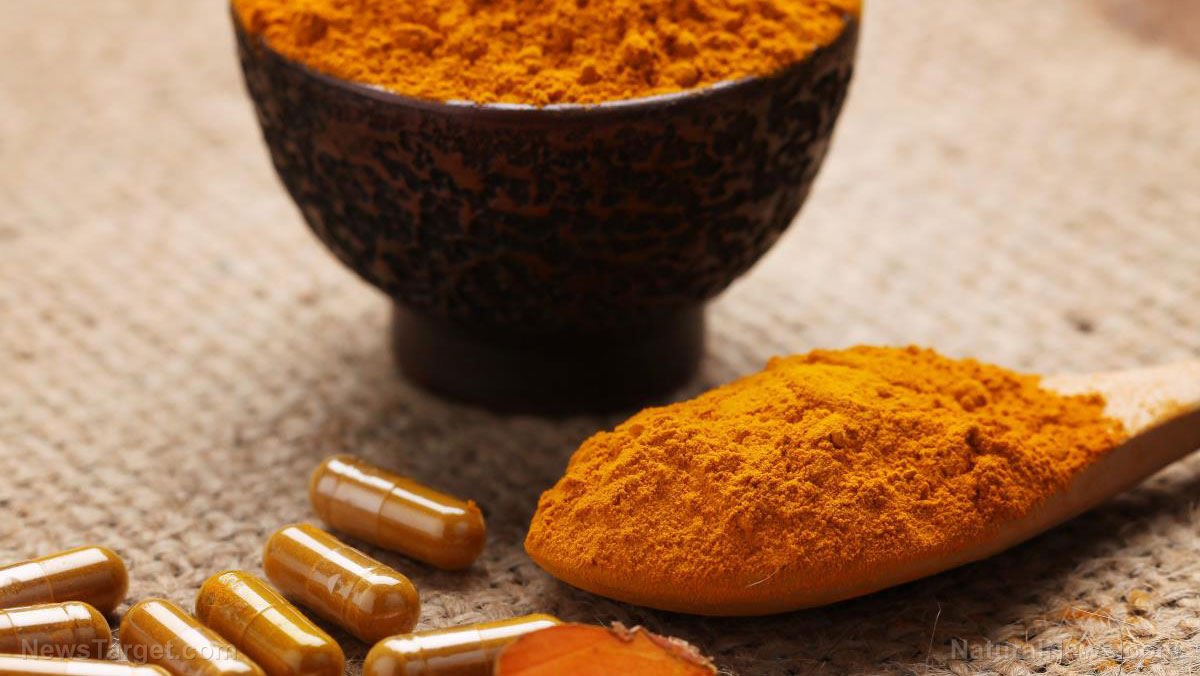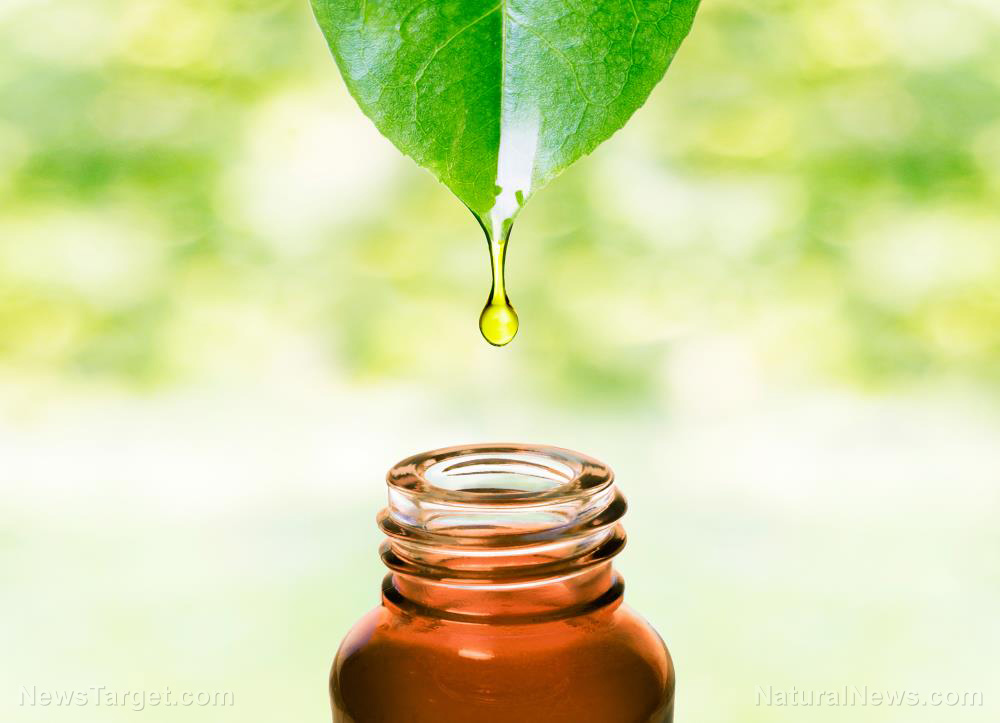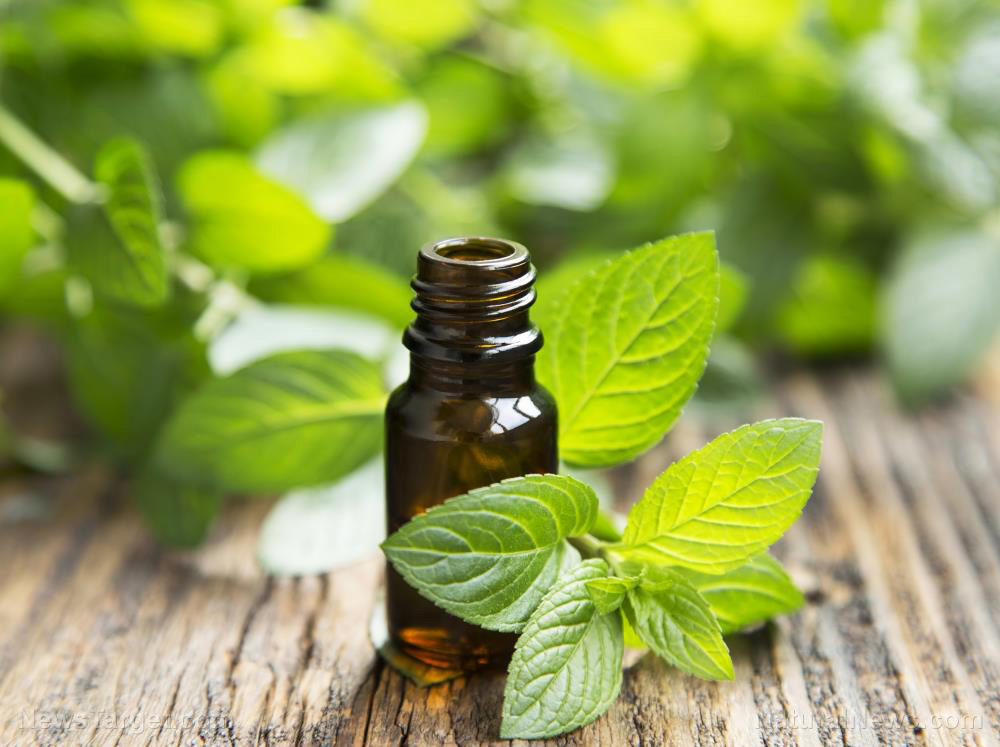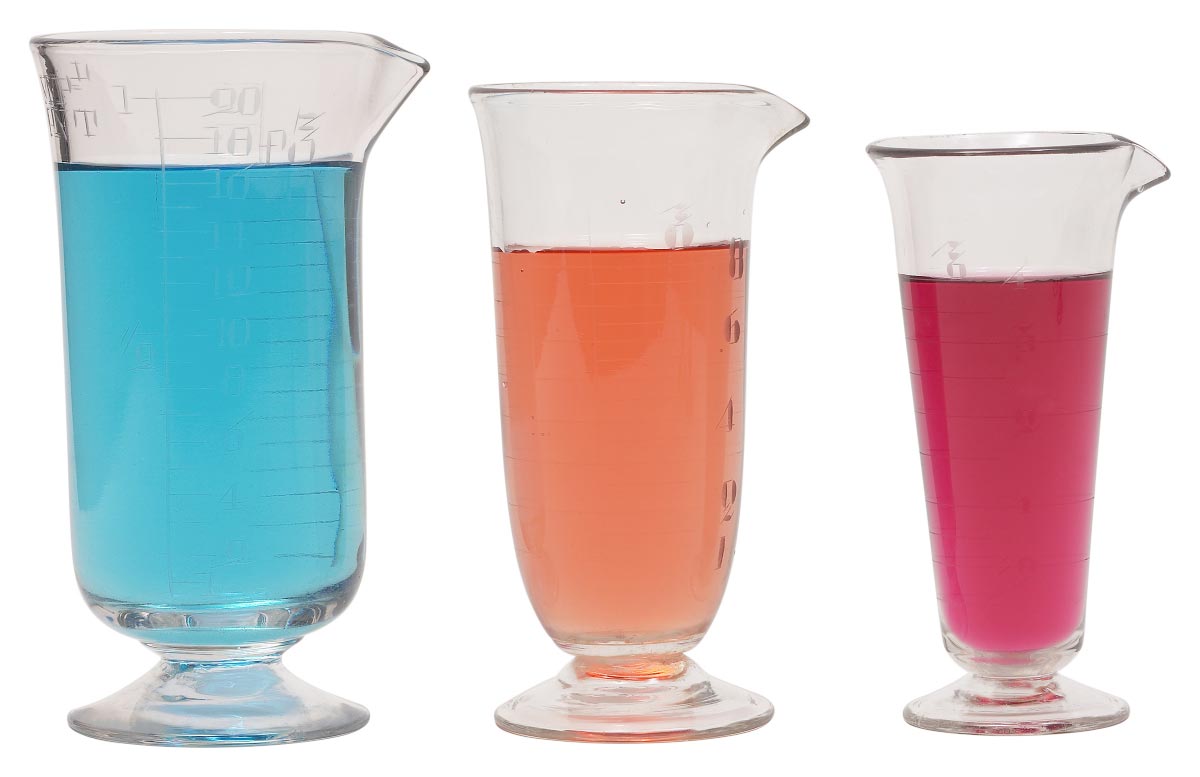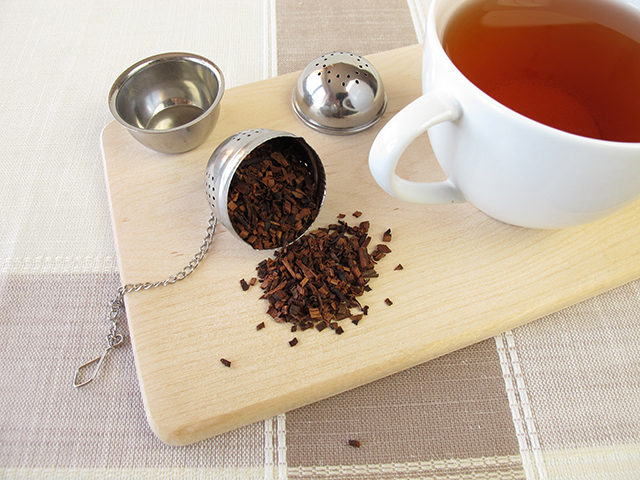You know grapes are high in antioxidants – but have you looked at their leaves?
04/10/2019 / By Michelle Simmons

Grapes (Vitis vinifera) are small, round, sweet fruits known for its many health benefits. Not many people know it, but their leaves are also edible and can also be used as a functional food, as suggested by a recent study. Researchers at Maharishi Markandeshwar University in India suggest consuming red grape leaves, in particular, to improve cholesterol levels.
Grape leaves have powerful antioxidant properties and active phytochemicals. Earlier studies have shown that in medicinal plants, antioxidants and phytochemicals possess the ability to inhibit lipid absorption. Therefore, the researchers looked at the ability of red grape leaf extract to prevent high cholesterol levels in rats. Cholesterol is a waxy, fat-like substance that can build up on the walls of arteries. (Related: 12 Most Effective Cholesterol Lowering Foods to Add To Your Diet.)
To do this, they carried out a qualitative and quantitative phytochemical screening of red grape leaf extract to identify its phytochemical content. They also fed rats with high cholesterol diets to elevate their cholesterol levels. Then, they treated the animals with red grape leaf extract for three weeks. During the study period, the researchers measured parameters like lipid profile, liver function, atherogenic index, and histopathological studies.
Published in the journal Food Science and Human Wellness, the results showed that red grape leaf extract contains tannins, flavonoids, saponins, steroids, terpenoids, and phenolics. Red grape leaf extract significantly reduced cholesterol levels and improved “good” high-density lipoprotein (HDL) cholesterol levels. In addition, the treatment with red grape leaf extract reduced the disruption of endothelial lining and thickness of blood vessel lining. The researchers said that these effects against high cholesterol levels may be attributed to the presence of active phytochemicals and antioxidants of red grape leaves.
From these findings, the researchers concluded that red grape leaves are effective in lowering cholesterol levels because of their phytochemical content and antioxidant properties. Prevention of elevated cholesterol is important because it has no symptoms and can put you at risk of having heart disease and stroke. You can also prevent high cholesterol and lower your levels by exercising, eating a healthy diet, and not smoking.
More reasons to eat grape leaves
In addition to their cholesterol-lowering effect, grape leaves also offer these health benefits:
- They are rich in nutrients: Grape leaves are loaded with nutrients, such as vitamins A, C, E, K, and B6, calcium, copper, iron, magnesium, manganese, folate, and riboflavin. They are also ideal for weight loss because they are low in calories and rich in fiber.
- They help fight inflammation: Grape leaves have mild inflammatory properties that can help prevent chronic inflammation that causes diseases. Their anti-inflammatory properties can also help treat inflammatory-related diseases, such as arthritis and inflammatory bowel diseases (IBDs) like Crohn’s disease.
- They are good for people with diabetes: People with diabetes or metabolic syndrome should watch their glycemic load intake. Consuming foods like grape leaves, which have a low glycemic load, but still loaded with nutrients, is a great dietary choice for this population.
- They help treat chronic venous insufficiency (CVI): CVI is a condition characterized by veins that fail to return blood in the legs back to the heart, causing edema. The extracts of grape leaves can reduce edema in individuals with CVI, according to a study by researchers at the University of Freiburg in Germany.
Grape leaves are a large part of Greek, Vietnamese, Turkish, and Romanian cuisines. They are best consumed steamed or blanched and are typically found in cans or bottles. You can add grape leaves to your diet by stuffing them with healthy ingredients. Stuff them with chicken – or tofu if you’re vegetarian – and chopped vegetables, then bake until tender. You can also use them in making pureed soup.
Learn more about the health benefits of grape seed, fruit, leaves, and extracts by going to FoodIsMedicine.com.
Sources include:
Tagged Under: alternative medicine, antioxidants, atherosclerosis, cardiovascular health, cholesterol, disease treatments, food cures, food is medicine, food science, functional food, grape leaves, grapes, healing food, heart health, herbal medicine, Herbs, high cholesterol, hypercholesterolemia, natural cures, natural healing, natural medicine, natural remedies, Vitis vinifera



